My images emphasize the mundane and the ordinary, placing the persecutors on their home turf…
ZONE is part documentary, part conceptual art project. It is the result of extensive research, interviews, and visits to the former Stasi Headquarters, prison, and prison hospital — all located in Berlin. I had the privilege of obtaining permission from the Hohenschönhausen Memorial Center to photograph sections that are closed to the public, such as the prison hospital and control rooms.
Accompanying the images are quotes I chose from conversations and interviews I held with former political prisoners, former citizens of the German Democratic Republic (GDR), and employees of the prison memorial.
— Michelle Medenblik

you could easily be content.
— Taxi Driver, age 46, Berlin, 2014
— Taxi Driver, age 46, Berlin, 2014†
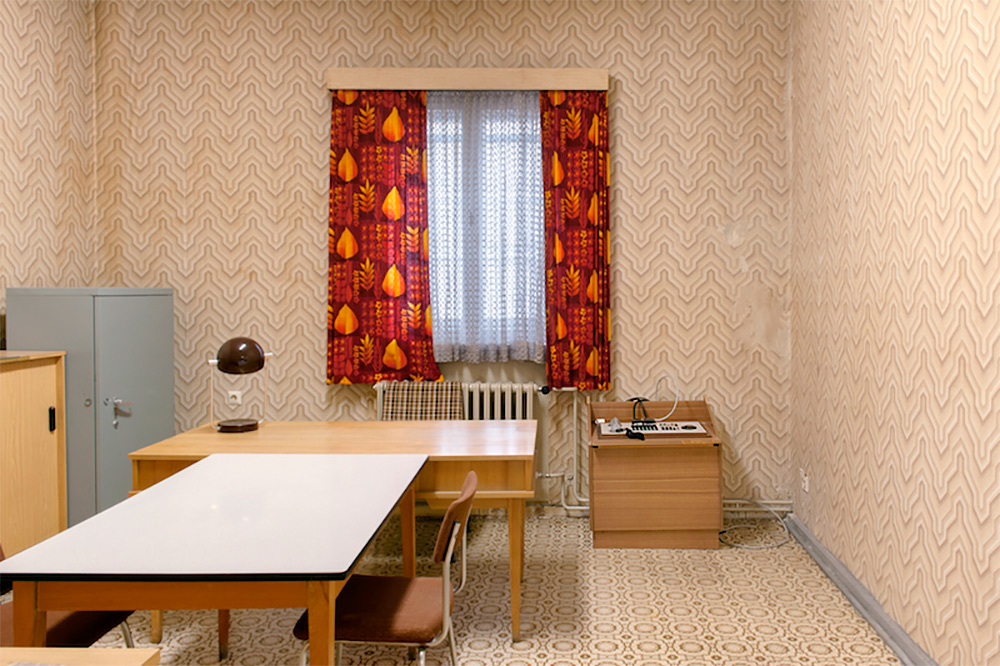
— Michelle Medenblik
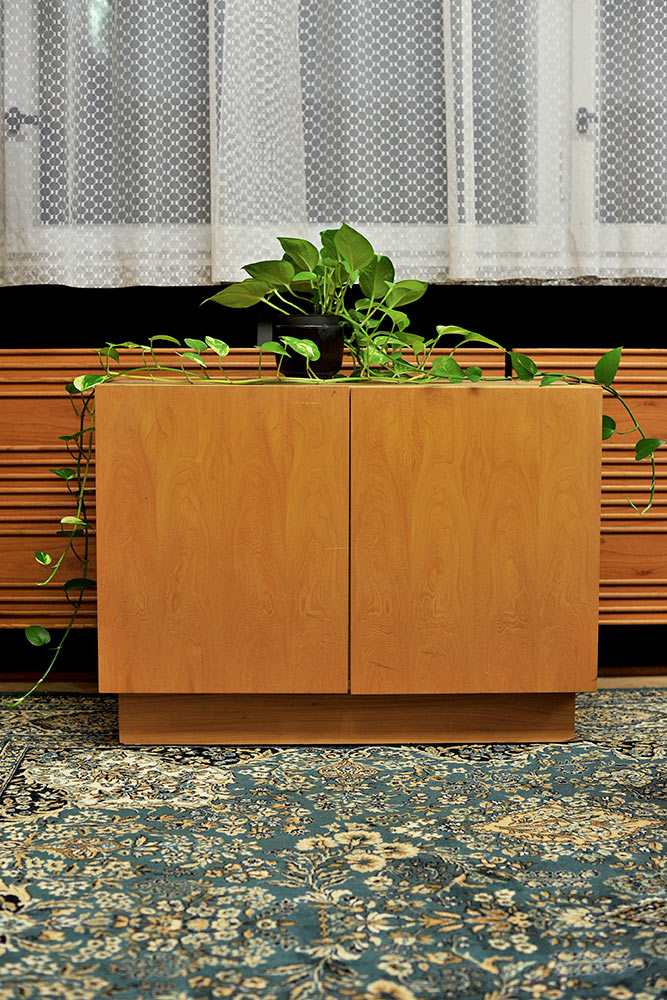
— IT, age 45, Berlin, 2014
— IT, age 45, Berlin, 2014
— Michelle Medenblik, 2014
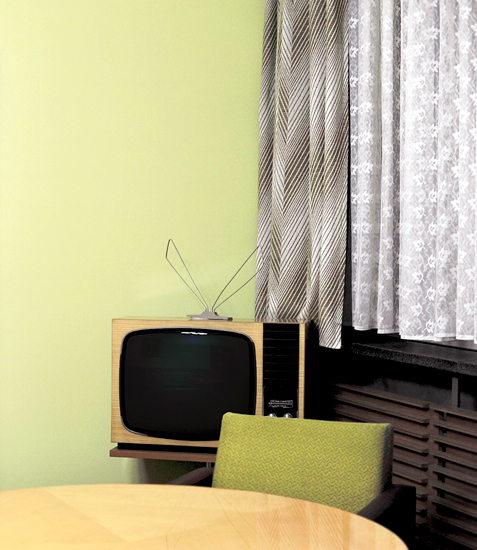
— Street artist, age 46, Berlin, 2014
— Street artist, age 46, Berlin, 2014
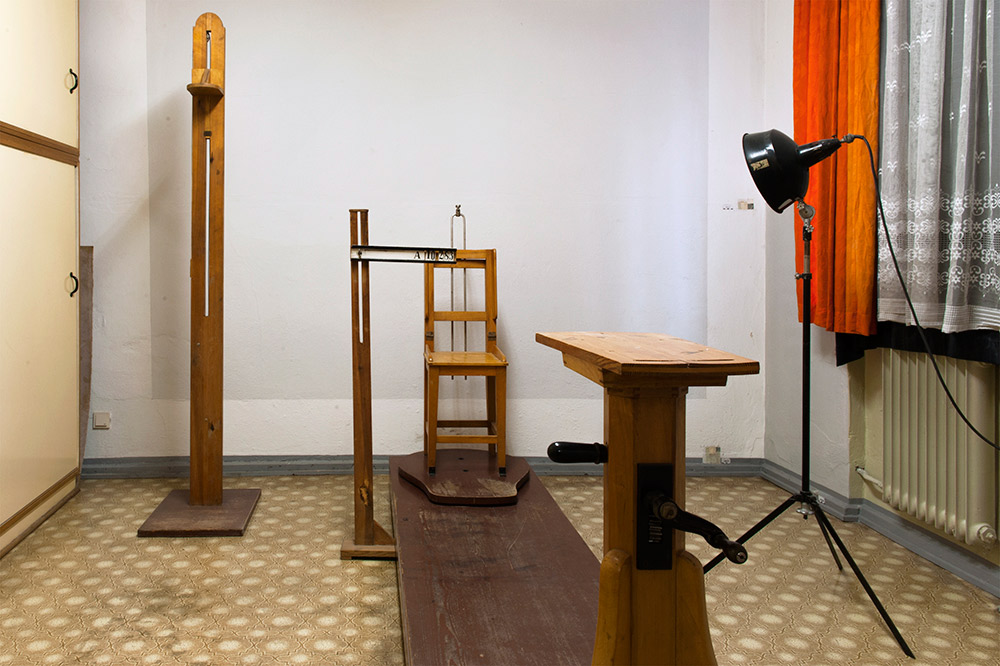
— Illustrator, age 30, Berlin, 2014
— Illustrator, age 30, Berlin, 2014
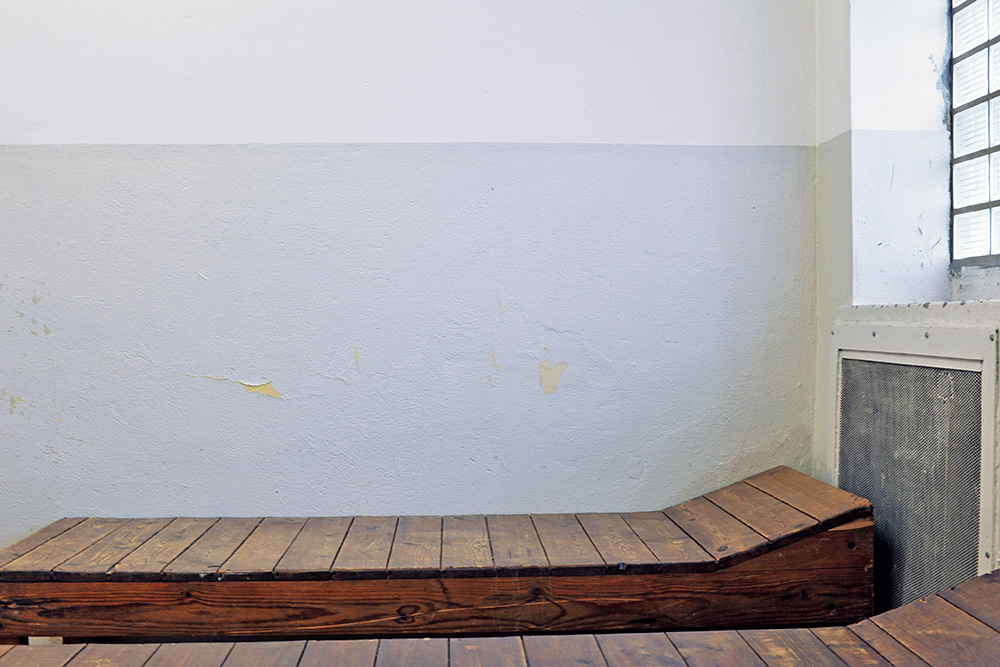
— Tour guide, age 45, Berlin, 2014
— Tour guide, age 45, Berlin, 2014
— Michelle Medenblik
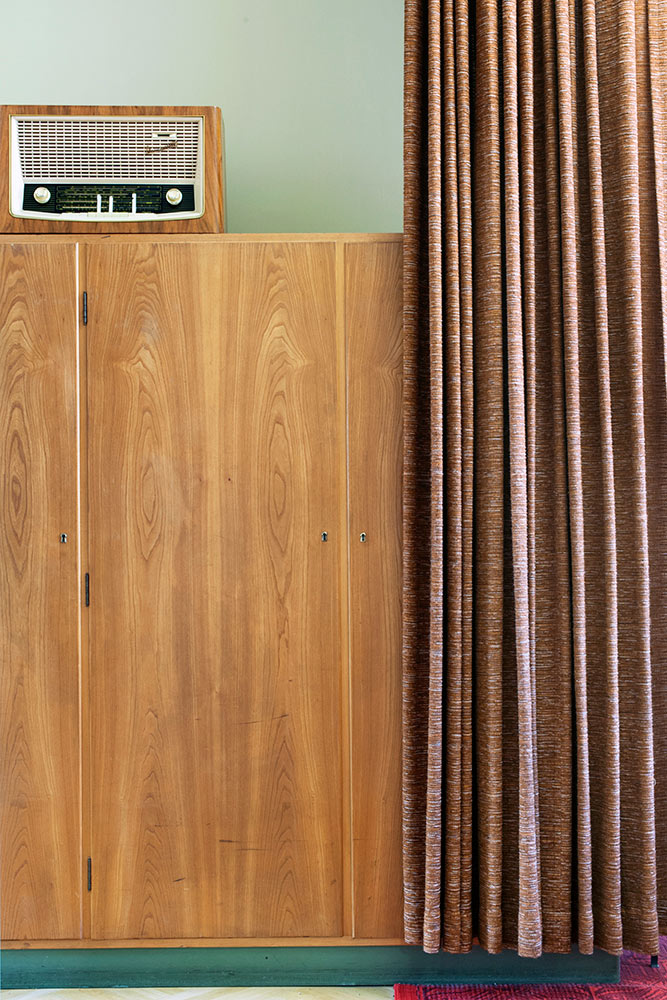
— Cleaner at the local bar, age 36, Berlin, 2014
— Cleaner at the local bar, age 36, Berlin, 2014
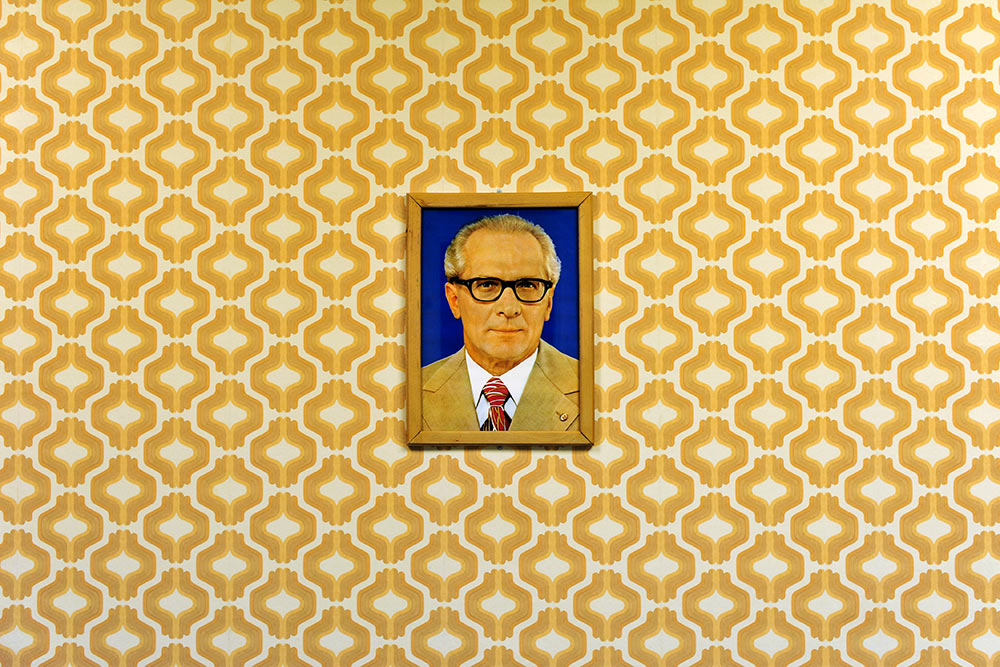
— Journalist, age 55, Berlin, 2014
— Journalist, age 55, Berlin, 2014
— Michelle Medenblik
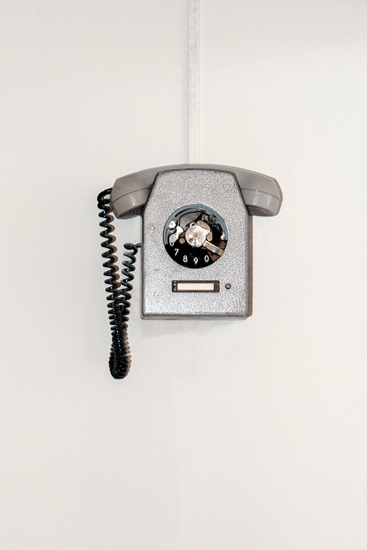
— Employee of the prison memorial, age 45, Berlin, 2014
— Employee of the prison memorial, age 45, Berlin, 2014
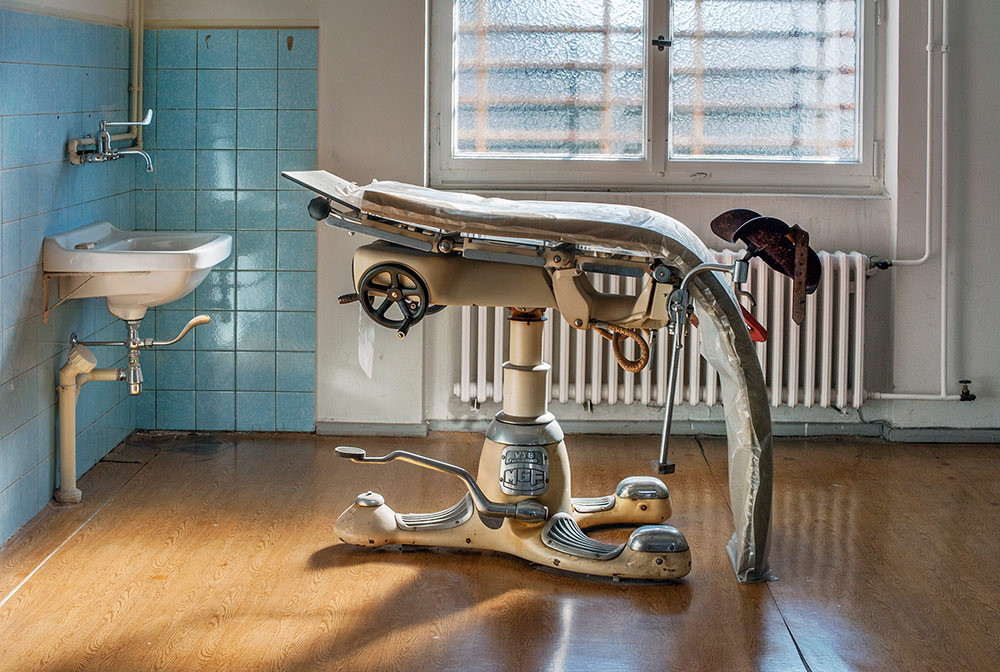
— Press and PR at prison memorial, age 32, Berlin, 2014
— Press and PR at prison memorial, age 32, Berlin, 2014
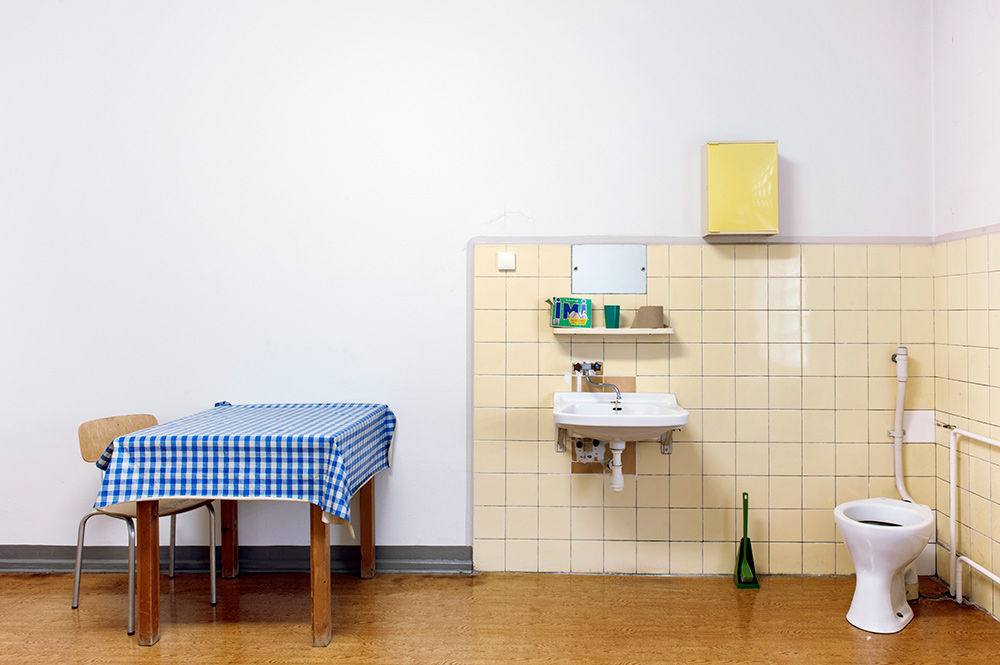
— Taxi driver, age 46, Berlin, 2014
— Taxi driver, age 46, Berlin, 2014
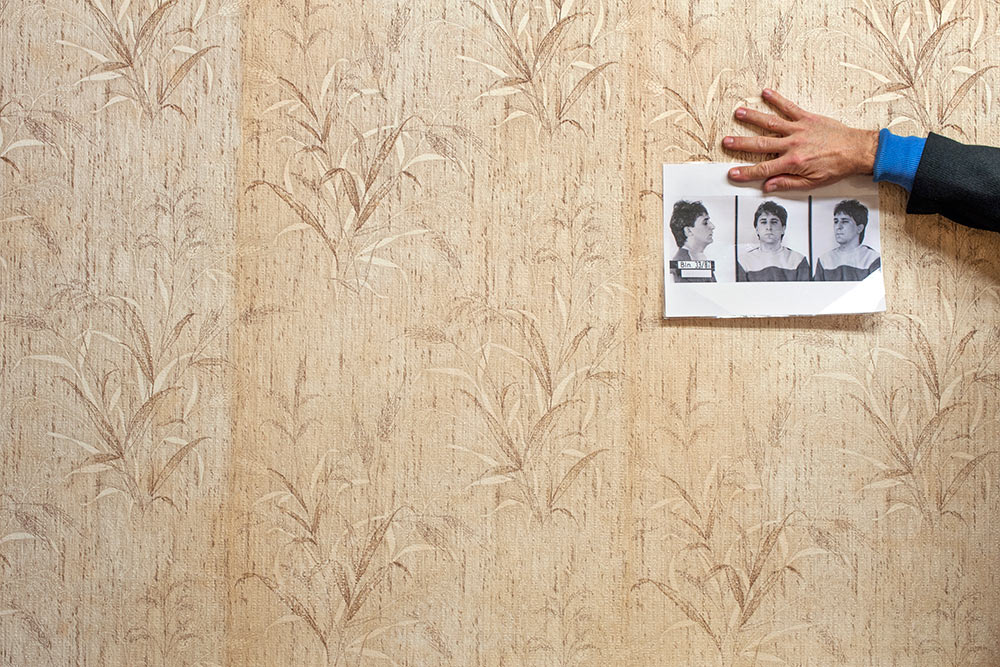
You know how it is.
— Former political prisoner, Active member of the Cuban opposition, age 56, Berlin, 2014
— Former political prisoner, Active member of the Cuban opposition, age 56, Berlin, 2014
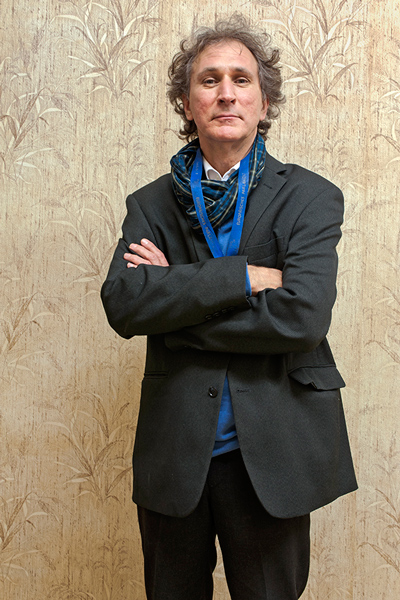

†The statement above, made by a former GDR citizen, points to the human tendency … that if one can feel comfortable in his or her environment, one may consent to any ideology that goes along with it. By focusing on authentic interiors and design, I aim to create a comfort zone for the viewer, one which is achieved through a sense of familiarity and nostalgia, a comfort zone which I deliberately beautify to create a contrast between image and ideology.
My images emphasize the mundane and the ordinary, placing the persecutors on their home turf, but placing the viewer between a comfort and a discomfort zone. Vivid colors play up the conflict within the subject matter, as if to say: dictatorships don’t have a face, but a facade, a facade well fitted to the Zeitgeist, and in contradiction to what it claims to stand for.
When approaching the subject I wished to engage with it by means of intimacy. The majority of the images were photographed with natural light and a 50mm lens, which enabled me to capture the process of discovery, and to situate the viewer closely to the scene. As the environment became more familiar, my attention was drawn to more subtle observations: the monotonous monochromatic view which played an integral part of the interior, the identical structure of the prison corridors to that of the interrogation ward, the plants placed for display raising questions as to the purpose they serve, and finally, objects signifying their function and Zeitgeist, evoking thoughts regarding our current vulnerability to state control.
Capturing the carefully preserved remains of the Cold War provides an intimate glimpse into the Modern Architecture of State Control, as well as into what life became for some of the Germans as the enemy took on a new guise.
Editor’s Note:
Michelle Medenblik’s The Zone was first exhibited in May 2014 at Kayma Gallery in Jaffa, Israel. Medenblik’s photographs of the Stasi headquarters, prison and prison hospital filled the gallery’s first two floors; quotations from former GDR citizens covered the walls of a separate, single room on the gallery’s second floor. The separation was intentional, freeing the viewer of any burden of association between image and text. The quotations, exhibited without reference to image, ‘seemed to echo around the viewer’, Medenblik told us by phone. We were taken by the idea of disassociating testimony from image — how it safeguards the independence of each. Image is not illustration and quotation is not commentary. Together with her choice of a portrait lens — rather than the expected wide-angle shot that’s the norm in photojournalism — and the subtle irony that quickly becomes the subtext here, Medenblik seems to be suggesting new ideas about the documentary form.
Michelle Medenblik lives and works in Tel Aviv.

